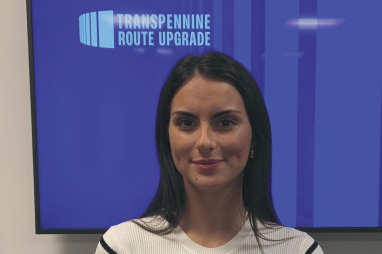- air jordan 5 island green releasing in november (2023) , SBD , air jordan 5 island green releasing in november
- Nike Giannis Immortality 3 - Nike Jordan Sport DNA Svarta mjukisbyxor i fleece med heltäckande logga - RvceShops
- bb8587 adidas women sneakers new release
- air jordan 1 outlet near me
- air jordan outlet real
- Usher Air Jordan 11 Gold Sample
- air jordan 4 og fire red DC7770 160 release details price
- kids air jordan
- nike air force 1 low white gold dc2181 100 release date info
- air jordan 4 white tech grey black fire red ct8527 100 release date
- Home
- News and analysis
- Info hubs
- Events
- Video
- Case Studies
- About us
- Magazine
- Advertising
Produced for the industry by the Association for Consultancy and Engineering
News
Apprenticeship levy: funding proposals explained

Government has set out the detail of how the funding of its new apprenticeship levy system will work. Following on from publication of the operational model for the levy and digital apprenticeship service in April, government has revealed a funding plan which will make all employers with an annual wage bill over £3m liable to pay the levy. These employers will be able to get back the amounts they pay in, for spending on apprenticeship training via the digital service. All employers will get support from the levy system.
Employers will start paying the levy from May 2017. Feedback is being sought through public consultation before the final levy proposals are published in October.
The following main points have been set out in the funding proposals:
Start date: The new funding system comes into effect on 1 May 2017. Levy paying employers can use funds in their digital account to pay for training from the first month they declare levy payable through the PAYE system.
Funding bands: All existing and new apprenticeship frameworks and standards will be placed within one of 15 funding bands. The upper limit of these bands will range from £1,500 to £27,000, capping the maximum amount of digital funds an employer who pays the levy can use towards an individual apprenticeship. The upper limits will also cap the maximum price that government will ‘co-invest’ towards cost of apprenticeships, where an employer does not pay the levy or has insufficient digital funds and is eligible for extra support.
Simpler funding system for apprenticeship frameworks: Government currently funds apprenticeship frameworks at different rates depending on the age of the learner. The new proposal will allocate each individual framework pathway to a single funding band, regardless of the age of the learner, or geographic location.
Co-investment rate: Employers will be required to pay 10% of the cost of apprenticeship training and assessment if they do not pay the levy or if they pay the levy but do not have sufficient funds in their digital account to cover the training and assessment costs in a particular month. Government will pay the remaining 90%.
Support for small employers training 16-18 year olds: Government will waive the co-investment requirement for small employers that train 16-18 year old apprentices. It will also pay 100% of the apprenticeship training costs for small employers where the apprentice is a 19-24 year old care leaver or has a local authority care plan. Additional payments of £1,000 to employers and training providers to support these individuals.
Support for English and maths training: Training providers will receive £471 for helping apprentices gain the minimum standard of Level 2 in English and maths. This will not be deducted from an employer’s digital account.
Learning support: Training providers will be paid £150 per month to support apprentices with conditions such as dyslexia, learning difficulties or other disabilities, plus additional costs based on evidenced need.
Cross-border training: Employers will be able to use the funds in their digital account and benefit from government co-investment support whether they live in England or other parts of the UK.
Re-training: Employers will be able to use funds in their digital account and access government co-investment support for retraining individuals provided this allows them to acquire substantive new skills, materially different from any prior training or a previous apprenticeship.
Transferring of digital funds: From 2018 levy-paying employers will be able to transfer up to 10% of the annual value of funds entering their digital accounts to other employers on the digital system.





